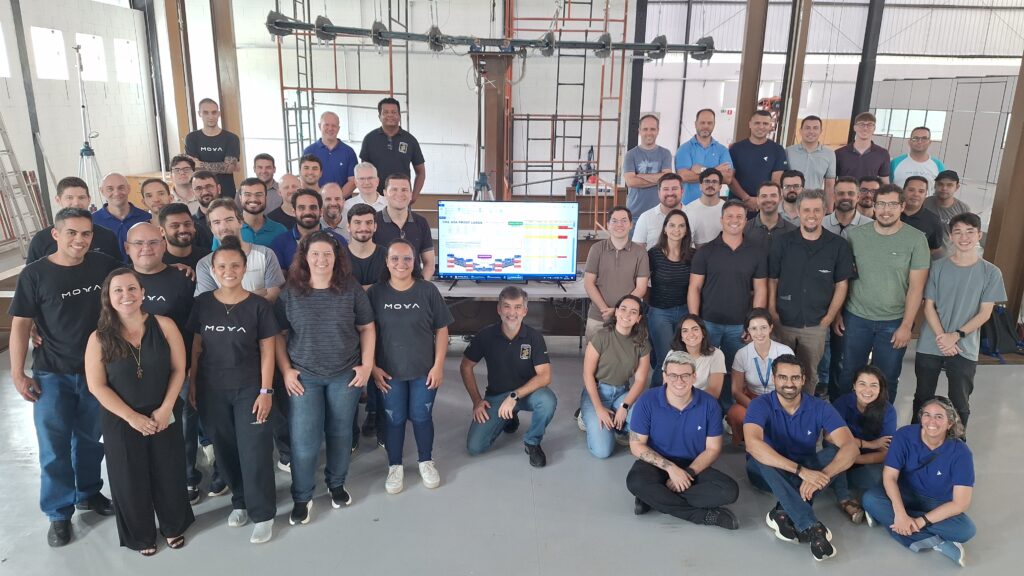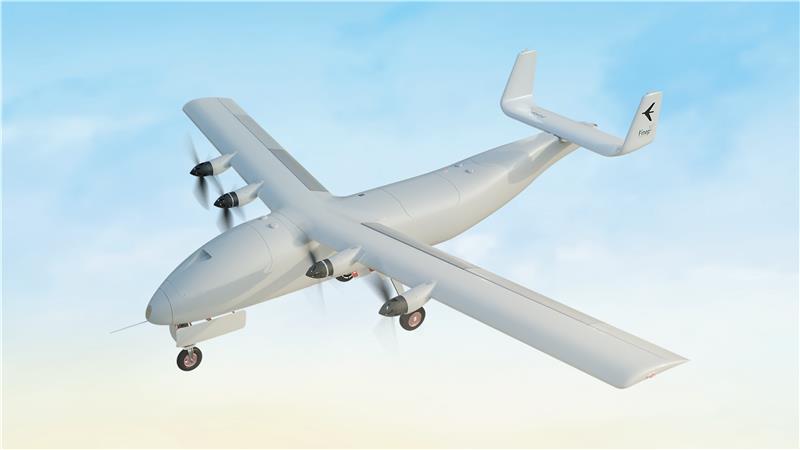In a milestone for Brazilian aerospace R&D, Embraer has successfully completed initial structural fatigue testing on the composite wing that will power its New Technologies Demonstration Platform (PDNT). Conducted in São José dos Campos, the test marks a pivotal step in a project that’s pushing the boundaries of future-ready aircraft design.
Over 200% Load — And Holding
The tested wing structure, developed using advanced composites and novel production methods, withstood progressive loads exceeding 200% of its expected operational limits. The static fatigue test was performed at ACS Aviation, one of Embraer’s strategic partners and supplier of the PDNT demonstrator.
This isn’t just about a strong wing—it’s a validation of the design philosophies, manufacturing processes, and material innovations that Embraer aims to scale for next-gen platforms.

R&D at the Core: A True Industry-Academia-Government Collaboration
Funded by Brazil’s Ministry of Science, Technology and Innovation (MCTI) via Finep and the FNDCT fund, the PDNT is a showcase of Brazil’s integrated approach to aerospace research. The project operates at low to medium Technology Readiness Levels (TRLs), focusing on early-stage innovations that can redefine aircraft development in the coming decades.
Private-sector partners Alltec, Equatorial, Motora, and TecCer serve as co-executors, while top research institutions—including ITA, IPT, IMT, and USP’s School of Engineering in São Carlos—are deeply involved in experimental validation and training the next generation of engineers.
Why It Matters: Sustainability and Sovereignty
With sustainability as a central driver, this initiative isn’t just about building smarter aircraft—it’s about building smarter ecosystems. Cleiton Silva, Embraer’s VP of Technology and Advanced Projects, underscored the broader impact: “Technological innovations are fundamental to accelerating the sustainable aviation of the future and strengthening the competitiveness of Brazil’s industry.”
The wing test is part of the project’s first phase. Next, the PDNT team will turn its focus to manufacturing the fuselage and empennage, moving steadily toward flight testing. When completed, the demonstrator will serve as a flying lab for innovations in aerodynamics, propulsion integration, new materials, and digital manufacturing.
With the PDNT, Embraer is signaling more than just technical ambition—it’s crafting a blueprint for collaborative innovation in aviation. The success of the wing test demonstrates not only structural capability, but also the power of aligning government support, academic excellence, and private-sector execution.
For an industry navigating climate goals and rapid tech shifts, Embraer’s approach is one to watch.

